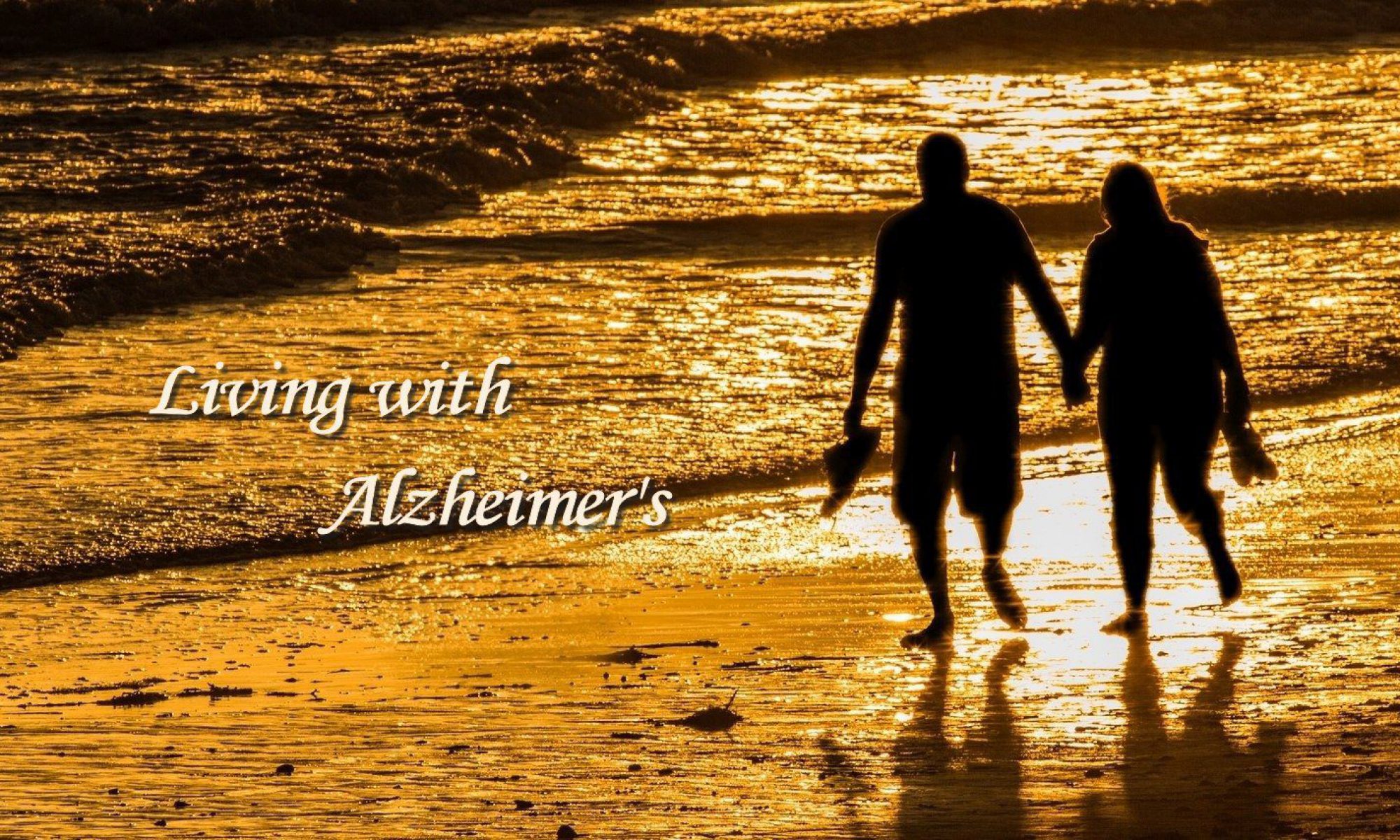Among the many things for which I am grateful is the support and encouragement I receive from my family and friends. One of those friends called me Sunday morning.
As noted in an earlier post, I got my first hearing aids about a month ago. Since then, I’ve been learning how to use the app that came with them. So far, things have gone well. One of the things I like is the connection of phone calls to my hearing aids. Generally, it works like a charm, but I encountered a problem with my friend’s call.
When the call came in, I was listening to music. I didn’t think it was too loud, but I couldn’t hear my friend very well. At first, I thought it was because the music was coming from my phone, and the phone couldn’t handle two audio signals simultaneously. Then I realized that the music was really coming through my audio speakers, not my phone.
As my friend began talking, I tried to determine what I could do to hear him better. I opened the hearing aid app on my phone and turned up the volume from 1 (the lowest except for zero) to 15 (the highest). It helped, but it also increased the sound of the moving air coming from our apartment’s heating and cooling system.
I picked up the phone with my left hand and raised the phone to my ear. I could hear him better. I thought my friend’s voice must be coming from the phone and not my hearing aids. Then I tried a second time with my right hand, and I couldn’t hear him any better.
I thought about asking my friend if he would hang up and initiate another call, but I didn’t want to break the flow of the conversation even though I was missing much of what he said.
The noise of the airflow was making it difficult to hear, so I thought of a place where the air wasn’t moving. Ah hah, a closet. I went to the closet in our guest bedroom that is loaded with stuff I didn’t have room for in any other place. That included an old Hoyer lift to get Kate in and out of bed or her wheelchair. I purchased a new one about a year ago and stored the old one.
I walked into the closet and closed the door. I forgot to turn on the light, but I remained in the dark closet with the rest of the “stuff”.
I found that I could hear my friend pretty well, and we continued the conversation which lasted 40 minutes. As we were winding down to say goodbye, I rested both of my forearms on the arm of the lift that is the height of my shoulders. When I did that, my friend’s voice was much louder than at any other time in our call. I looked to my left where the sound was loudest. It was coming from my watch. In other words, I had accidentally answered the phone from my watch; therefore, our entire conversation had been via my watch. I told my friend, and we ended our call with a good laugh. A nice way to start the day.





